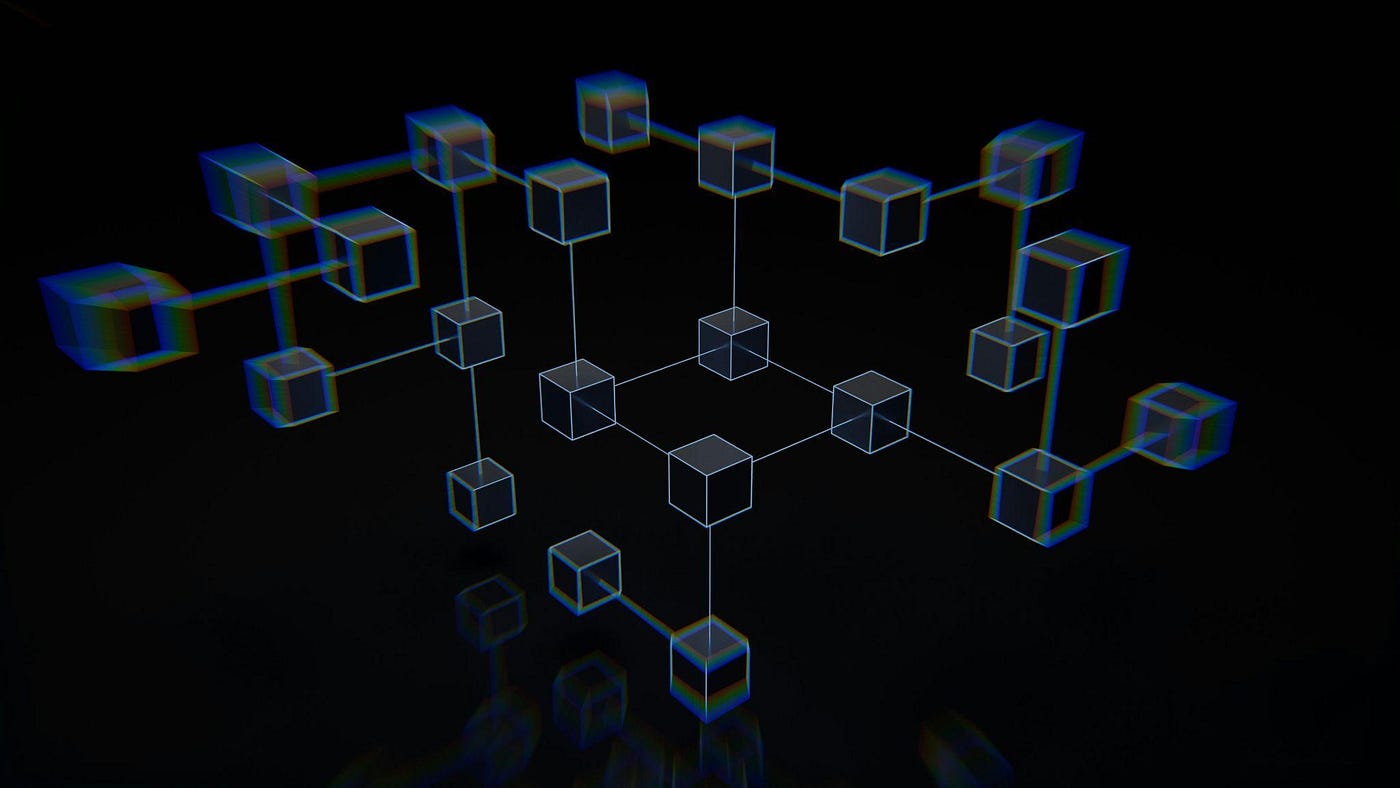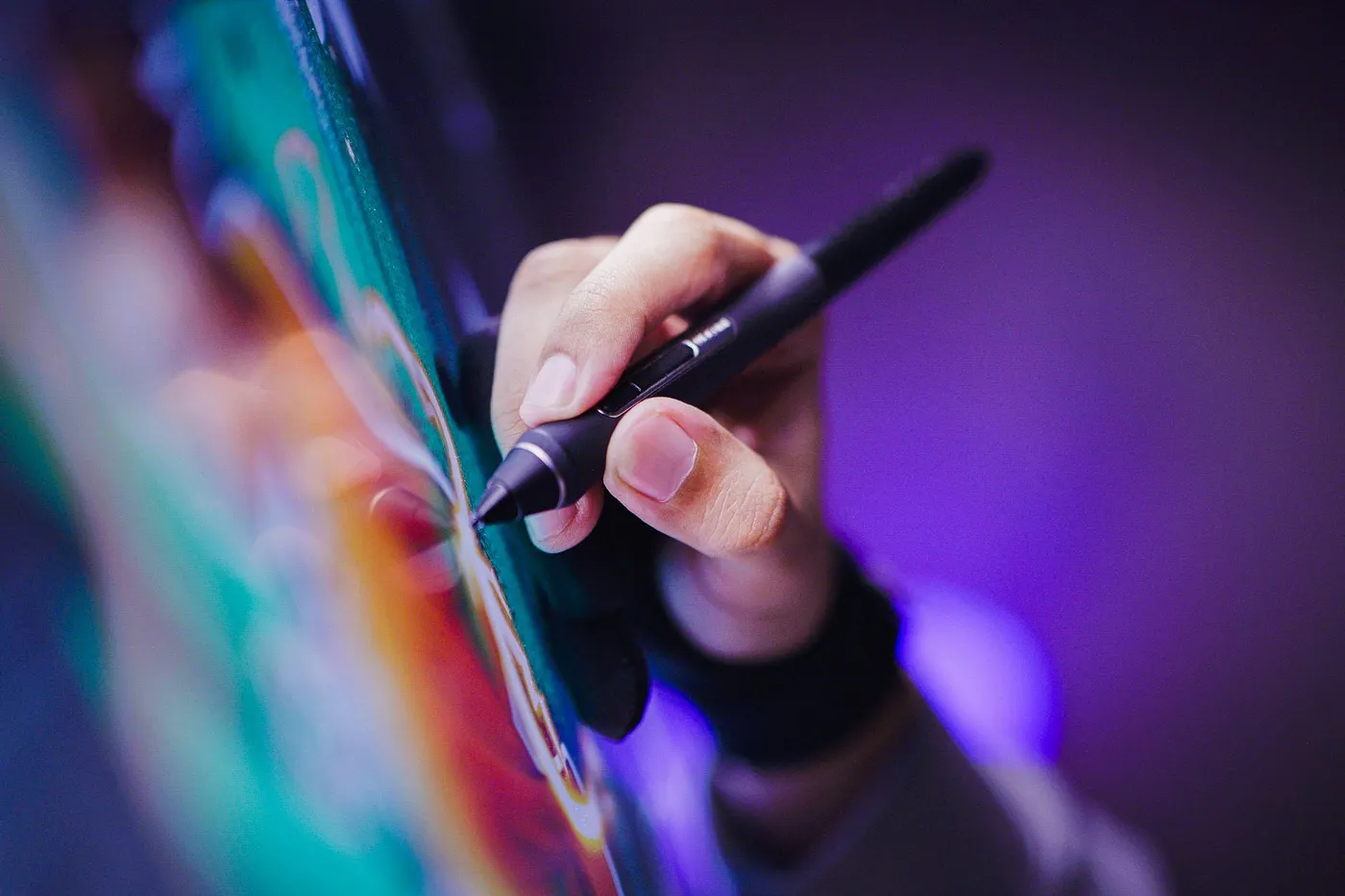Why Digital Art Has Become an Investment Frontier
Digital art has evolved from an experimental form into one of the most dynamic sectors in today’s creative economy. The combination of blockchain technology, NFT authentication, and digital ownership has expanded the definition of what collecting can mean. Investors and art enthusiasts alike now see digital art not just as a new medium, but as a powerful intersection of creativity, innovation, and accessibility. In 2025, this intersection represents an investment frontier—one that blends the cultural depth of art collecting with the strategic thinking of financial investment.
For collectors who want to understand the basics of art collecting, RevArt’s guide, How to Start Collecting Art offers a foundation for building confidence and clarity before moving into digital markets. As the art world becomes increasingly digitized, those same principles—research, connection, and curation—continue to define success online.
Yet, investing in digital art is more nuanced than simply purchasing the latest trending piece. It demands curiosity, patience, and an understanding that value in the art world—digital or not—emerges through both emotional connection and informed strategy.
Diversifying Your Digital Art Portfolio
Building a successful digital art collection begins with diversification. Just as investors balance their traditional portfolios across industries and risk levels, digital collectors benefit from exploring multiple types of works and creators. A healthy mix might include one-of-one digital pieces, limited-edition animations, or works that bridge physical and digital dimensions. Some collectors also explore fractional ownership models, which make high-value digital works accessible to more investors.
Diversification is not only about managing financial risk—it’s about artistic discovery. Each category of digital art offers its own perspective, from the conceptual minimalism of AI-generated works to the expressive storytelling of digital painters. By embracing this variety, collectors create portfolios that reflect both aesthetic diversity and long-term resilience.
For additional insights, RevArt’s article How to Invest in Art expands on strategies for balancing financial planning and artistic meaning—a balance that’s just as crucial when working with digital media.
Finding Digital Art Worth Investing In
Discovering art with genuine investment potential requires more than financial instinct; it demands engagement with the creative landscape itself. The most valuable digital works often come from artists who combine technical mastery with conceptual depth, producing pieces that resonate emotionally and intellectually. Researching an artist’s background—whether through exhibitions, collaborations, or community recognition—provides insight into their trajectory and influence.
Equally important is understanding the ecosystem where art is traded. Choosing reputable platforms and marketplaces ensures transparency and credibility, particularly when blockchain verification is involved. Scarcity also plays a key role: one-of-one editions tend to hold higher long-term value than open releases. Above all, collectors should seek art that speaks to them personally. Meaningful work tends to withstand the volatility of trends, offering both emotional and economic returns over time.
For those starting to explore new creators, browsing RevArt’s artist network can reveal emerging talents whose works bridge digital and traditional techniques. Many of these artists integrate environmental themes, interactivity, or hybrid mediums—qualities that often align with long-term collector interest.

Understanding Market Cycles and Price Trends
The digital art market is young, fast-moving, and still defining its rhythms. Like any emerging field, it experiences cycles of excitement and correction, where prices rise rapidly during surges and stabilize as markets mature. Understanding these shifts helps investors make decisions rooted in strategy rather than reaction.
In 2025, the digital art market continues to expand globally, but with increased selectivity and sophistication. Collectors are learning to recognize genuine innovation over hype, focusing on artistic quality and historical context. Tracking how certain genres evolve—such as generative art, interactive installations, or mixed-media NFTs—can reveal where long-term value might emerge. Recognizing these patterns allows collectors to engage with digital art not as speculation, but as participation in a growing, evolving ecosystem.
RevArt’s recent pieces on emerging trends, such as artist-led placemaking, echo this perspective—showing that art, whether physical or digital, gains value when it fosters connection, storytelling, and innovation beyond surface aesthetics.
Balancing Profit and Passion
While profit often motivates investment, passion sustains it. Digital art thrives on the same principle that has guided collectors for centuries: the works that move you are the ones that endure. Investing only for return can lead to frustration, especially in a field where trends shift quickly. Instead, aligning your investments with your values, aesthetics, and sense of curiosity helps build a collection that feels alive.
Digital collectors are increasingly viewing their portfolios as personal narratives—living archives that reflect how they see the world. The pieces you choose tell stories about your interests, your era, and your identity. Balancing emotional engagement with analytical research creates a collection that is both meaningful and strategic, one that carries cultural significance as well as financial potential.
To learn more about the balance between creativity and financial awareness, RevArt’s How to Invest in Art explores how profit and passion can coexist within an artistically fulfilling portfolio.
Connecting with the Digital Art Community
The most insightful investors understand that collecting digital art is not a solitary pursuit. It thrives in community. Engaging with digital artists, curators, and fellow collectors deepens understanding and often leads to early opportunities. Many digital art communities exist online through social platforms, discussion forums, and virtual exhibitions, offering spaces for dialogue and discovery.
Conversations with artists can illuminate the intentions behind their work, while collector networks help identify emerging trends before they reach the mainstream. Building relationships within these spaces transforms investment into collaboration, positioning collectors as active participants in the digital art movement rather than passive observers.
RevArt’s growing digital exhibitions and artist features highlight this interconnectedness—encouraging art lovers to support both established and emerging creators while expanding their own perspectives as collectors.

Building a Future-Focused Investment Strategy
Investing in digital art in 2025 requires both vision and adaptability. The market continues to evolve alongside rapid technological change, from blockchain innovation to shifts in ownership regulation. A future-focused collector keeps detailed records of provenance and authenticity, stays informed about regulatory developments, and periodically revisits their collection to ensure it aligns with both artistic and financial goals.
Ultimately, the most successful digital art investors understand that this market, like art itself, is about transformation. By approaching digital art with curiosity, care, and a long-term perspective, you build not just a portfolio but a legacy that reflects the evolving relationship between creativity, technology, and value.
Digital art investment in 2025 is as much about connection as it is about capital. Every acquisition contributes to a global conversation about how we define creativity and ownership in a digital world. Whether your goal is profit, passion, or both, the true reward lies in becoming part of that story.
